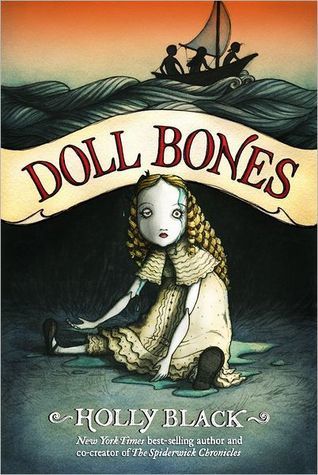How Is Fiction Like Telepathy?

Words are powerful things. They whisper to us in the darkness. They seduce us. They cast a glamour over us, drawing us into their web with promises of beauty and escape. There they ensnare us, hold us captive, take control and have their way with us, until at long last, they’ve made us hear and conceptualize all of what they were summoned to express. Fiction in particular exercises a singularly unique species of sorcery, one that most of us are powerless to resist.
What is this strange and exotic magic?
Stephen King, in his book On Writing, compares the art of storytelling to telepathy. He says that “all the arts depend on telepathy to some degree, but[…]writing offers the purest distillation.” Though his comparison is primarily tongue and cheek, it nevertheless makes a very compelling point.
Stories are a means by which the thoughts in one man’s mind are transferred to another. If, as an author, I were to write about a chair, the instant those words reached your eyes, you would suddenly share my vision, a vision that previously existed only in my mind and which only I could see. This is, arguably, the mind’s most magical and mystifying skill of all, to be able to communicate, through mere symbols and sounds, thoughts of all kinds — sensory stimuli, emotions and dialog — as well as to be able to receive, decode and reconstruct perceptions from those same symbols and sounds when sent by someone else.
Of course, words are not alone in their expressive power. We have drawings, paintings, photographs and movies, all of which communicate senses, emotions and ideas just as effectively, though in different ways. However, words are alone in their ability to convey a common message, while at the same time allowing for infinite variation in the way that they’re perceived. Everyone sees the same photograph or the same painting. But the sights and sounds that are conjured by one’s mind in response to the words of another always belong entirely to the receiver.
Returning to our previous example, what does the chair I told you about look like? What color is it? What kind of material is it made of? Everybody sees a chair, but nobody sees the same chair. As the author, I can further refine my description. I can tell you to imagine a red wooden chair. But what shade of red is it? What kind of wood is it made of? I can continue to describe the chair in ever increasing detail, but no matter how many words I use, I will never be able to communicate with any real precision the image in my own head, nor will anybody else share yours. The story is mine, but its incarnation belongs entirely to you. This is something that no other medium can accomplish.
The next time you pull out a book and prepare to lose yourself in its dusty ink-bound secrets, you would do well to stop and reflect on what you’re about to do. Understand that you’re about to link mind to mind with the author, living or dead, that a communication is about to take place. Reflect on the power of those seemingly innocuous symbols that are imperfectly stamped upon the pages you hold in your hands and rejoice that you have been endowed with such a profound gift.
Do so in earnest, each and every time you prepare to read, and I promise that your life will never be the same.
Enter your email address and click "Submit" to subscribe and receive The Sign.
